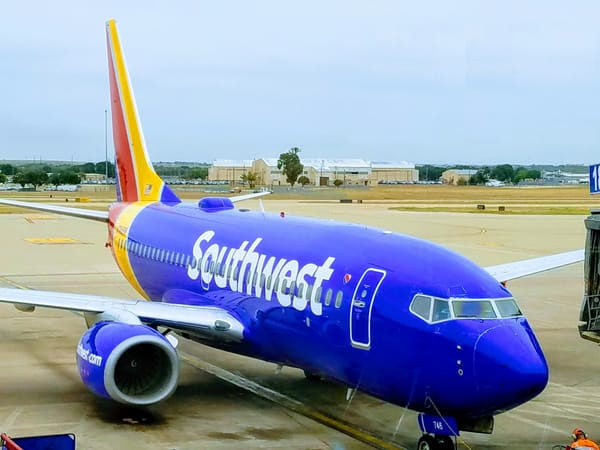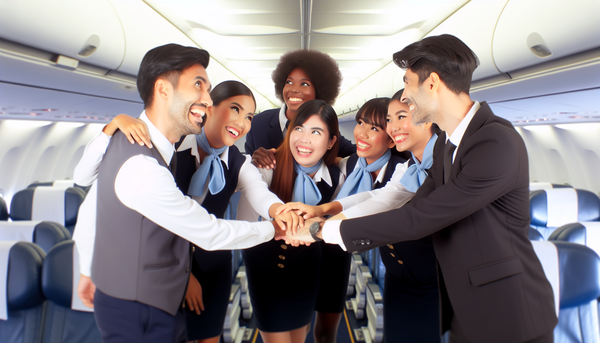Air Pollution Can Impact Travel Plans - Plan Ahead and Take Precautions
Navigate air pollution impacts on travel with tips for monitoring air quality, assessing health risks, and staying safe while exploring.
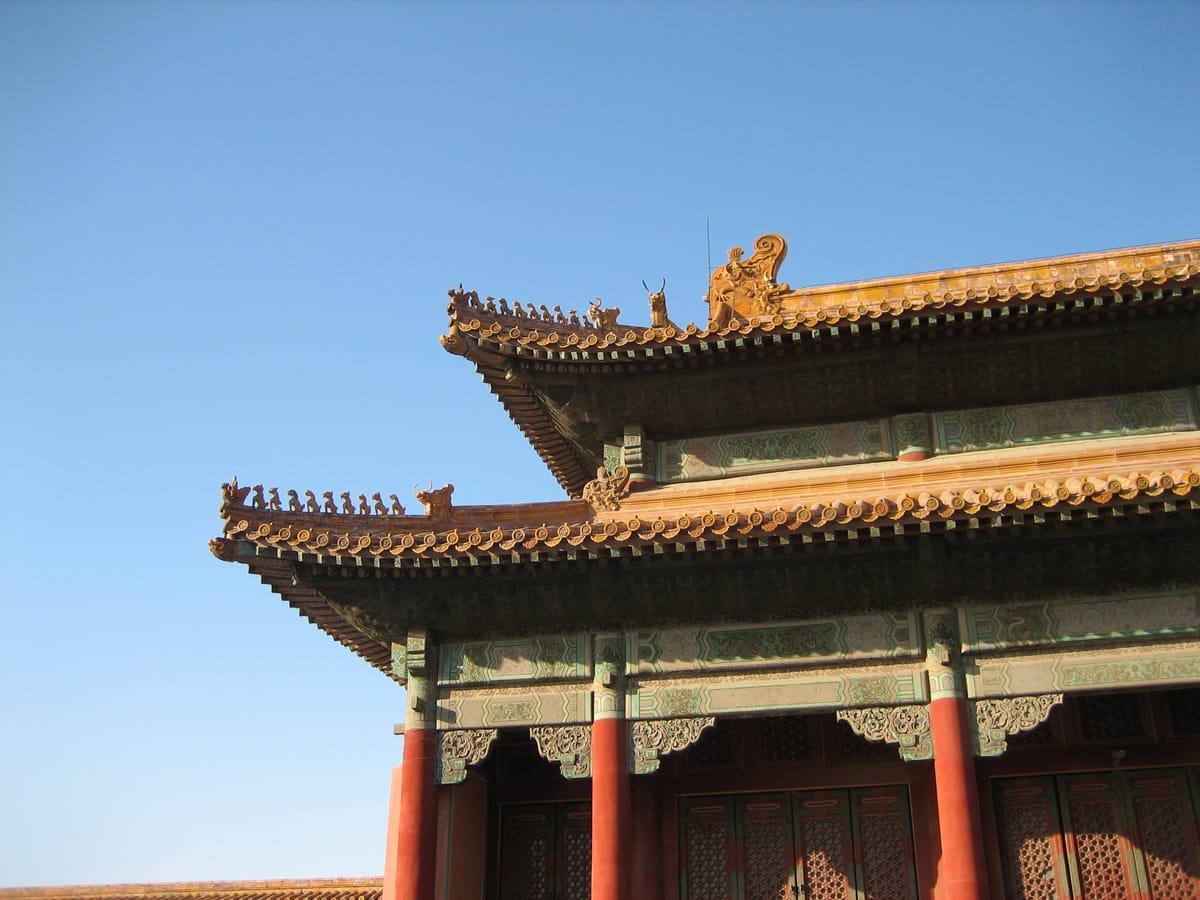
Air Pollution is Everywhere
It’s hard to avoid it. Traffic, coal-burning plants, forest fires, dust storms, factories and more contribute particles, large and small, that combine to pollute the air. Today, more than 80% of people living in cities breathe air that is more polluted than the World Health Organization recommends. Anywhere you go, air pollution can impact travel plans.
It’s not just cities; some rural areas and small towns also spew toxins. As air pollution exposure goes up, so does the risk of stroke, heart disease, lung cancer, and respiratory diseases like asthma.
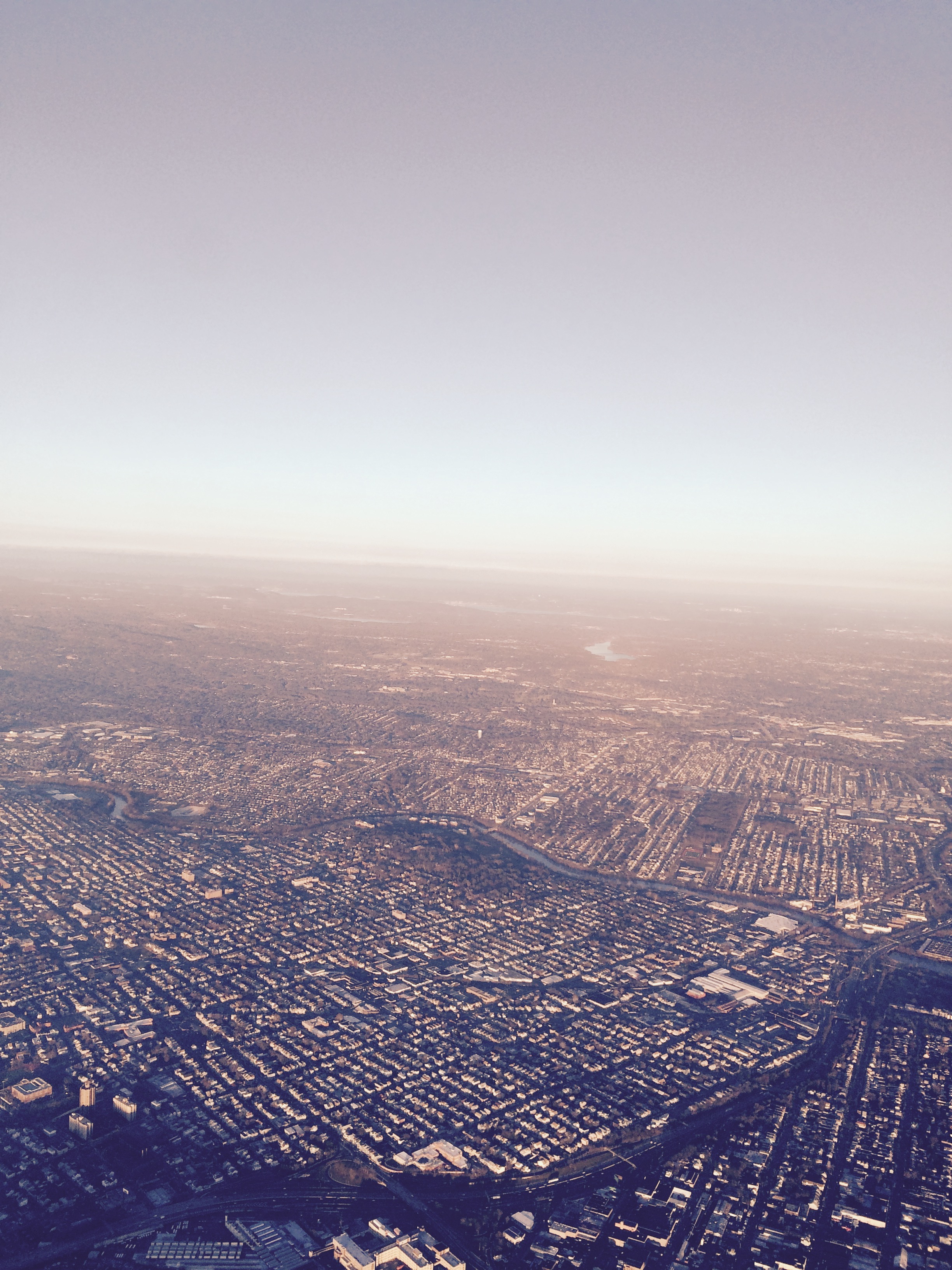
The smaller pollution particles cause the most havoc. It is easier for them to enter your lungs and migrate around your body damaging tissues. These tiny specs, mostly from burning matter or chemicals, smaller than 2.5 micrometers (PM2.5), are 30 times smaller than the diameter of a human hair. Mold, pollen, and fine sand are larger, but can still cause problems.
The best way to deal with air pollution is, naturally, to avoid it, stay indoors, cut your trip short. But that is not always possible or fun. So here are some suggestions to reduce the effect of polluted air on your health when air pollution can impact travel plans.
Before you travel:
1) Check the level of air pollution for your destinations. You might not think of air pollution as an issue in the wilds of Africa, but it can be. See the World Health Organization World Pollution map for guidance. Also check the Airnow website if traveling in the US, or the city index.
2) Understand the local environment. Is your destination in a valley where pollution may accumulate? Is rain uncommon? What about a forest fire or controlled burn season? Are periodic sand and dust storms a concern?
3) Assess your health. Asthma, bronchitis, emphysema, COPD, or other chronic health problems can be influenced by air pollution. Talk to your doctor about packing an inhaler, antibiotic, or oral steroids.
4) Take age into consideration. For older folks with health problems, a stress test and/or lung capacity test can help determine risk. If you are traveling to a highly polluted area with a newborn or young child consider a different destination. Youngsters take in more air compared to their weight and are more affected by air pollution.
5) Consider the travel timing. Smog is more common during late afternoons on hot and humid days. Pollen is airborne at different times of year, depending on the location. You may be able to schedule your trip at a time when air pollution can impact travel plans less.
6) Prepare for alternate activities. Search for indoor fun in air conditioned spaces if the air pollution unexpectedly increases.
When you arrive:
1) Find out where you can get local air quality alerts (Newspapers, radio, TV, online.)
2) Avoid strenuous physical activity.
3) Get immediate help if you have trouble breathing or have chest pains.
4) Avoid heavy traffic areas.
5) When driving, close the car windows and recirculate the air.
6) When inside, keep the windows closed and use air conditioning, if appropriate.
7) Consider bringing or acquiring an air filter for the car or indoor space.
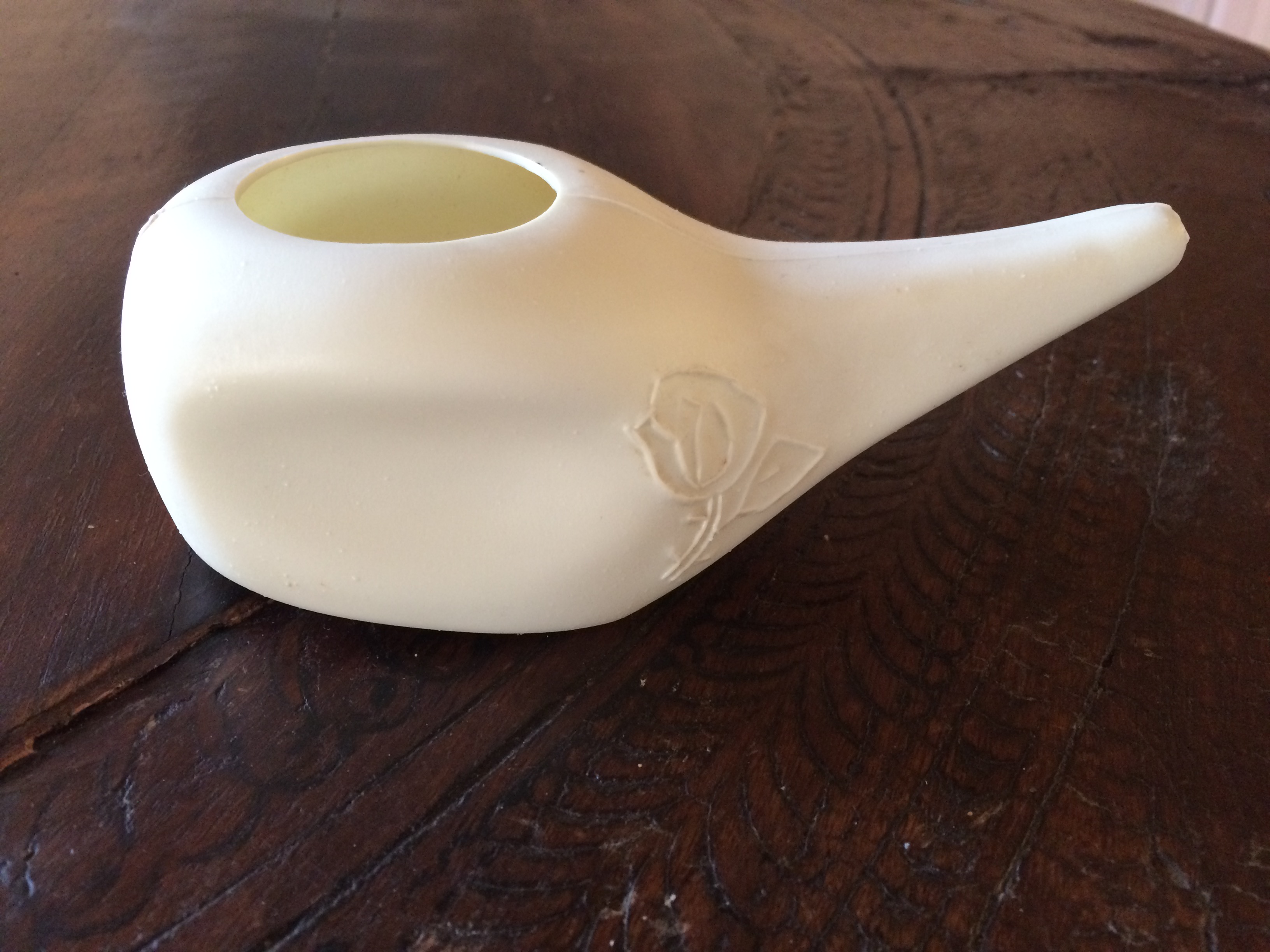
8) Use a Neti pot to rinse your sinuses.
9) See what the locals are doing. If they are wearing masks or asked to stay indoors, follow their lead.

Remember…even cities with reputations for toxic air, like Beijing, have clear, sunny days. Enjoy them.
For more information see: the International Association for Medical Assistance to Travellers.



